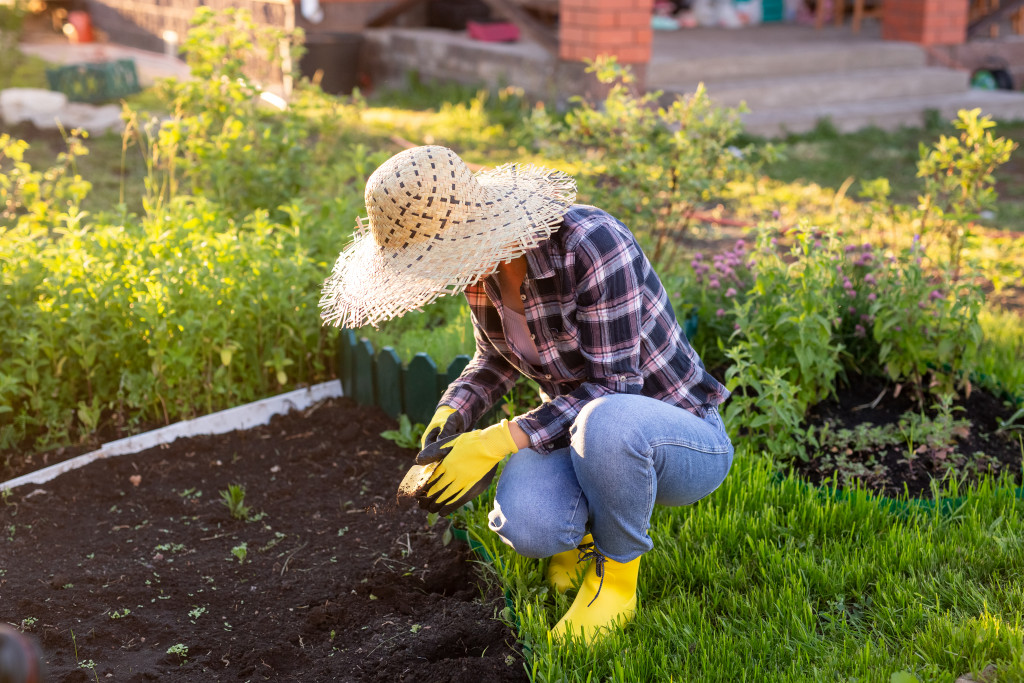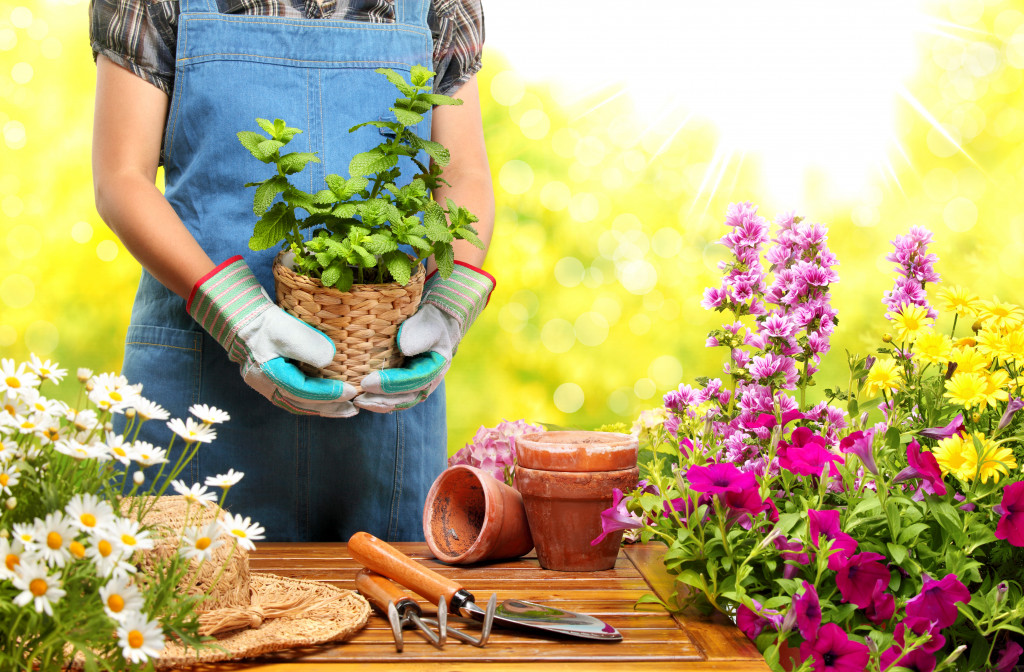For many people, gardening is more than just a hobby — it’s a way to improve their home and create a beautiful outdoor space. In addition to the aesthetic benefits, gardening can offer several practical advantages. For example, planting trees and shrubs can help to provide privacy and wind protection for your home. Growing fruits and vegetables can provide fresh produce, and flowers can attract beneficial insects that help pollinate your garden. Moreover, gardening is a great way to exercise and enjoy the outdoors. Whether you want to improve your home or just get some fresh air, gardening is a great option. If you’re interested in starting your own DIY garden, here are garden features to consider when planning it:
Map Out Your Garden
One of the most important steps in starting a garden is mapping it out. This will help you determine your garden’s size, shape, and location. It is also an excellent time to ensure that there are no underground utilities or pipes in the area where you will be digging. Once you have a map of your garden, you can start planning what kinds of plants you want to grow. Consider the amount of sunlight and shade each plant needs, including the soil type and moisture requirements. Mapping out your garden in advance will help you create a beautiful and productive space.

Space and Area for Transplanting
It’s important to replant with suitable soil and location to optimize your plants’ growth. Here are some ways you can ensure your plants grow well:
Plant Spacing
As a general rule of thumb: Space your plants according to their sizes at maturity. For example, a 2 ft. wide plant at maturity should be planted 2 ft. away from other plants or objects. Similarly, a 3 ft. tall plant should have that same growing space, especially if you grow it in a covered area or indoors. If unsure about a plant’s mature size, ask your nursery professional or do some research online.
Soil Amendment
Soil amendment is adding beneficial materials to the soil to improve its quality. Common amendments include compost, manure, and lime. These additions can help to improve drainage, increase fertility, and encourage healthy plant growth, making this an essential step to success in difficult growing conditions.
Build a New Shed for Gardening Tools and Supplies
Any gardening enthusiast knows that having a designated space for all your tools and supplies is essential. A garden shed provides a great way to keep everything organized and tidy, so you can spend more time enjoying your garden instead of searching for a misplaced trowel. That’s why you should get shed plans online that suit your gardening needs and build them yourself. Not only will this save you money, but you’ll also get the satisfaction of knowing that you made it with your own two hands.
When building a new shed, consider the size and layout of your garden and consider what type of storage solution you need. Do you need space for lawnmowers or tillers? Or do you only need storage for hand tools and potting soil? Afterward, choose a material that will complement the style of your home and garden. Wooden sheds provide a rustic look, while metal sheds offer a more modern aesthetic. Whatever style you choose, make sure to build your new shed in a sturdy and weatherproof manner. With a little planning, you can create the perfect space for your gardening needs.
Install a Sprinkler System
Most vegetable gardens need at least an inch of water per week, and the best way to ensure your plants get the water they need is to install a sprinkler system. There are many types of sprinkler systems available, but all share the same components:
- A water source, such as a garden hose or pressure regulator.
- A series of pipes to deliver the water to the irrigation heads. The heads can be either fixed or rotatable, releasing the water onto your plants.
- A controller to automate the system or a timer that turns the system on and off at set intervals.
Add Lighting Fixtures
A well-lit garden can be a beautiful and inviting space, even at night. Adding some simple lighting fixtures can extend your garden’s enjoyment well into the evening hours. You can get solar-powered lights which are a popular and eco-friendly option, while electric lights offer more brightness and can be used in any location. With some clever lighting, you can transform your garden into a night-time oasis.
No matter what your gardening needs are, there’s a DIY project out there that can help you meet them. By taking the time to plan your project, you can keep your plants healthy all season long. So get creative and have fun with your next DIY gardening project!
